#kindaichi shōnen no jikenbo
Text


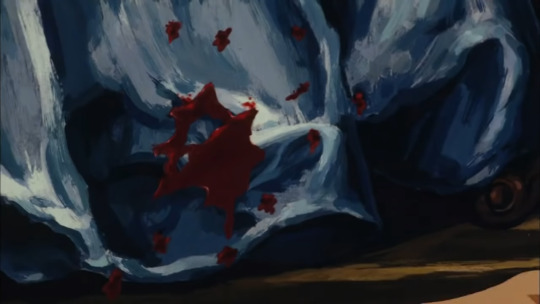
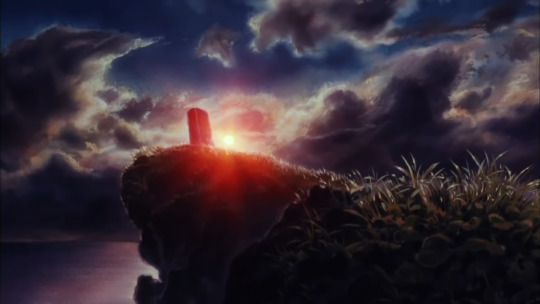



オペラ座館 ‐ 新たなる殺人 (1996)
#kindaichi shounen no jikenbo#kindaichi case files#the case files of young kindaichi#kindaichi shōnen no jikenbo#kindaichi's case files#opera house the new murder#screencaps#blood#this case is so haunting especially if you read the light novel
48 notes
·
View notes
Text
El manga spin-off Kindaichi Shōnen no Jikenbo Gaiden: Hannin-tachi no Jikenbo finalizará el próximo mes
New Post has been published on https://www.animefagos.com/2020/02/22/el-manga-spin-off-kindaichi-shonen-no-jikenbo-gaiden-hannin-tachi-no-jikenbo-finalizara-el-proximo-mes/
El manga spin-off Kindaichi Shōnen no Jikenbo Gaiden: Hannin-tachi no Jikenbo finalizará el próximo mes

Tetsuya Fujikawa, uno de los editores de la revista Weekly Shōnen Magazine (Kodansha), revelaba que Shinpei Funatsu finalizará el manga spin-off Kindaichi Shōnen no Jikenbo Gaiden: Hannin-tachi no Jikenbo el próximo mes. Funatsu lanzó el manga en julio de 2017 en la aplicación Magazine Pocket (Kodansha). El séptimo tomo recopilatorio se publicó el 17 de…
#Kindaichi Shonen no Jikenbo#Kindaichi Shōnen no Jikenbo Gaiden: Hannin-tachi no Jikenbo#Shinpei Funatsu
0 notes
Text
¿Es normal que me enoje porque los dos últimos arcos del anime que estoy viendo no están terminando en el número que deberían?
Contexto: En Kindaichi Shōnen No Jikenbo (no, no es el Returns) cada caso, ocupa tres capítulos, pero el caso anterior al que estoy viendo, sólo tenía dos, y dije: a lo mejor el otro ocupa cuatro (aparentemente parecía que sería larguito por la cantidad de sospechosos) en fin, voy al tercer expediente (capítulo) del caso y ya Hajime encontró al culpable y el caso que normalmente hubiese terminado en el capítulo 21 del anime, está acabando en el 20. Aiudaaaa :3
3 notes
·
View notes
Link
Yatagarasu-mura Satsujin Jiken, ecco la prima immagine del nuovo manga di Seimaru Amagi e Fumiya Satō #KindaichiCaseFiles #KindaichiShonennoJikenbo #Manga #YatagarasumuraSatsujinJiken
0 notes
Note
Genuine request: what scripture states that a Christian cannot enjoy media that is not connected to the Bible? Obviously we know its wrong to watch and read things that idolize wickedness, but, what about the rest, the shows and media that instead portray Christian values. (I'm sorry if i come off as rude, by the way.)
Please don't ask me advice I already said I loathe Christian Q&A blogs...!! 😂
The only reason I'll reply is because you stated there was Scriptures saying we shouldn't enjoy media not related to the Bible when that's not true.
I don't have TV so I don't really know what TV programs are up to (beside I'm not American so I don't really know what US TV looks like) but when I go see my mom (who still have TV) I switch to documentary channels. Whether it's travel, History... Investigation can be very interesting too (the last one I saw was the FYRE festival fiasco - a fascinating display of degenerated millenial culture LOL) - I'm cautious with the crime investigation cause the potential gruesomeness can be a turn me off. I also LOVE food shows lol (Nigella Lawson is a QUEEN).
Animated shows/anime/manga is a cesspool 99% of the time so trying to find something worth watching/reading is like trying to find a needle in a haystack but some decent and safe shows do exist. At the top of my head Shirokuma Cafe, Kindaichi Shōnen no Jikenbo, Detective Conan, Jiro Taniguchi mangas etc...
Aside any of this I really enjoy 'alter info' channels on YouTube. They're not necessarily Christian but they provide very interested raw information that is very interesting to use and digest on a Christian perspective (for example looking up CERN, satanic/masonic networks etc)
To sum up, my standards when deciding to watch something not openly 'Christian' is:
Is it intellectually fulfilling?
Is it useful?
Does it showcase something openly ungodly (witchcraft/superpowers, sexual acts, etc)/ that I would make me uncomfortable to watch with Jesus next to me? 🤣 if the answer is no then you better drop it altogether. Simple.
If the media I'm about to indulge in doesn't live up to one of these criterias then I don't watch them. I happen to backslide from time to time but this is a guideline I'm doing my best to respect.
There's a whole world beside Netflix, Disney+, Hulu and Hollywood. People are just not paying attention - and since satan control big media corporations he has the power to make them more alluring and culturally monopolizing. It's also important to notice entertainment is not something just passive but also proactive. It can be sport, gardening, handiword etc.. Personally I have a passion with drawing. I could spend HOURS drawing. I can make clothes from scratch too. I know knitting.
You'll notice none of them are problematic on a biblical standpoint, because they ask you to rely on yourself and set you away of external influence. My opinion on entertainment is that you are safer when you don't rely on any foreign influence.
Thinking of this, it's sad to think about all the talent wasted by people spending their time passively looking at a screen rather than developing and discovering the skills God provided to them.
0 notes
Photo

Kindaichi Shounen no Jikenbo R Manga Gets New Manga With Kindaichi as Adult
The 21st issue of Kodansha's Evening magazine announced on Tuesday that Seimaru Amagi and Fumiya Sato are launching a new manga in the magazine based on their Kindaichi Shōnen no Jikenbo R (The File of Young Kindaichi Returns) manga in next year's fourth issue on January 23. The new series will also center on the titular character Kindaichi, but while Kindaichi is a high school student in the current manga, the new manga will age everyone up, casting Kindaichi and Miyuki as adults.
A short manga accompanying the announcement explains that Amagi and Sato are still considering a title for the series, though Miyuki jokingly offers the title "The File of Middle-Aged Kindaichi." The characters also note that the manga's move from a shōnen magazine (Weekly Shōnen Magazine) to a seinen magazine (Evening) might also allow for scenes where characters drink, smoke, gamble, and have sex, but the characters dismiss the possibility.
This year's 45th issue of Kodansha's Weekly Shōnen Magazine is revealing on Wednesday that Kindaichi Shōnen no Jikenbo R will end in the magazine's 46th issue on October 18. Amagi and Sato launched the manga in Weekly Shōnen Magazine in March 2012 and Kodansha published the manga's 13th volume on September 15.
11 notes
·
View notes
Text
The File of Young Kindaichi Returns Manga to Get a New Manga With Kindaichi as an Adult
The File of Young Kindaichi Returns Manga to Get a New Manga With Kindaichi as an Adult
The 21st issue of Kodansha’s Evening magazine has announced that Seimaru Amagi and Fumiya Sato are launching a new manga in the magazine based on their Kindaichi Shōnen no Jikenbo R (The File of Young Kindaichi Returns) manga in next year’s fourth issue on January 23, 2018. The new series will also focus on the titular character Kindaichi; however, while Kindaichi is a high school student in the…
View On WordPress
0 notes
Text
Dramas completed in March
- HIStory: Obsessed (Taiwanese drama)
- Adam and Eve (Chinese drama)
- Kindaichi Shōnen no Jikenbo N (Japanese drama)
- Yamato Nadeshiko Shichi Henge (Japanese drama ; rewatch)
0 notes
Text
Kenji Nakamura: Mononoke, Kūchu Būranko and more!
Creative spotlights are easily digestible overviews of a director or animator’s body of work, style, and vision. My goal for these articles is to highlight some of the exceptional and possibly lesser-known creative voices in anime. I’m hoping these write-ups encourage people to explore more of what anime has to offer.
The spotlight for this week will be on Kenji Nakamura, the brilliant director behind critically-acclaimed anime such as Mononoke and Kūchu Būranko.
Kenji Nakamura has received a lot of attention from the anime community in recent years due to the wide range of stylish productions he’s directed. His anime are often filled with vibrant colors and dynamic storyboards, often leaving viewers mystified by his craft. At the same time, he’s not just for show, as his anime are thoughtful stories which shed light on important social issues. Whether you’re a fan of Nakamura’s anime or are thinking of checking his work out, you’ll want to learn about the experiences that made him into the director he is now.
Though he’s passionate about working in the anime industry now, this wasn’t always the case for Nakamura. In fact, as a child, he wasn’t even interested in watching anime as a hobby. It wasn’t until he saw the original Gundam series and Hayao Miyazaki’s Laputa that he became interested in the medium. Even then, Nakamura had no intentions of being an animator and pursued the career path of a salaryman instead. However, workplace stress quickly lead to him re-evaluating his lifestyle, and at the young age of 24, he entered the Yoyogi Animation Institute to pursue animation.
Like many others, Nakamura started out in the industry as an animator. When he graduated, he began work at a studio called Sam Tack and did in-between work. This stint was short-lived, however, as he developed tendonitis and struggled keeping up with the tight deadlines of TV anime production. As a result of his struggles, Nakamura became disillusioned by the industry, as he felt an environment that forced him to rush wasn’t good for his creative process.
This is perhaps why Nakamura was so quick to become a production assistant when Sam Tack received an offer to do a joint production with Toei Animation on Kindaichi Shounen no Jikenbo. He found that being able to supervise all stages of an anime’s production, from scenario to filming, was a better fit for the type of person he was. Additionally, Nakamura enjoyed being able to work closely with people at the centre of the industry; it gave him the feeling of being more in control of the final product.
Additionally, the connections that Nakamura made during his time as a production assistant were invaluable to his growth. While at Toei, he was given an assistant director job for the Digimon Adventure 02: Counterattack of Diaboromon film and honed his craft under Kazuto Nakazawa, a veteran animation director and character designer. He also had the opportunity to work with Akiyuki Shinbo on Tatsunoko Production’s The SoulTaker. Nakamura specifically directed the anime’s fifth episode where he commanded the audience’s perception of physical space through his disorienting layouts – an aspect of his craft that he’d later perfect in Mononoke.
In 2006, Nakamura entered the director’s seat with Ayakashi: Samurai Horror Tales, an anthology of classic Japanese ghost stories produced by Toei Animation. The anime aired as part of the Noitamina block and consisted of three separate story arcs, each with a different director. Nakamura was responsible for the anime’s last three episodes, known as the “Bakeneko” arc – an original story based on traditional yokai folklore.
Nakamura had almost complete control with the direction of the Bakeneko arc. He directed and storyboarded two of its three episodes and took a number of risks with its visual style. Since he was still an unknown figure in the anime industry, the emerging director wanted to leave his mark with his debut. Nakamura’s storytelling ethos was that within a scene, intentions or ideas should be conveyed through visuals as opposed to explanations in the script. He strongly believed that viewers were perceptive and would be able to pick up on subtle hints in his cinematography.
When it came to both the Bakeneko arc in Ayakashi and its sequel Mononoke, their stories were simple yet powerful fables rooted in traditional Japanese folklore. Vengeful spirits called mononoke were the focus of each tale, in effect symbolizing people’s lingering feelings of revenge or regret. As Nakamura was dealing with more abstract concepts such as emotion, he chose to convey his ideas through a distinctive visual identity. The Bakeneko arc and Mononoke possess strong Ukiyo-e visuals, creating a strong association with the Edo period setting. At the same time, Nakamura’s approach also contains hints of postmodernism, with visual nods to the paintings of Gustav Klimit.
Both Bakeneko and Mononoke were not meant to be faithful renditions of Edo Japan. Rather, Nakamura is working with the traditional backdrop to construct an externalized manifestation of the characters’ emotional realities. In Mononoke, he creates a stylized aesthetic that exists between the threshold of dream and reality. Real-life objects clash with otherworldly color combinations as they cohesively come together in this symbolized world of animation. Nakamura understands exactly how to use the power of animation to explore the complexities of humans.
Post-Mononoke, Nakamura continued his pursuit of elaborate animation projects with the black comedy, Kūchu Būranko. Taking his psychological manifestations a step further, Kūchu Būranko is a contemporary work set in modern-day Tokyo that focuses specifically on the problem of mental illnesses. With each episode of the anime focusing on a different condition, such as anxiety or depression, Nakamura uses the episodic format brilliantly. Though always possessing bright colors, textures patterned with polka dots and the eerie gaze of Toei Animation’s mascot, each episode expresses the individual reality of a specific patient at Irabu’s clinic.
There’s nothing quite like Kūchu Būranko in anime. With a visual aesthetic that blends traditional 2D animation, rotoscoping, and unconventional filters, Nakamura pushes the envelope of narrative-based surrealism. He gives us a work that presents traditional remedies to mental illness, and then smashes them to pieces with a hallucinogenic medical ward and a psychiatrist with a fetish for needles and injections.
Kūchu Būranko was just the beginning of Nakamura’s portfolio of works dealing with prevalent social issues. As time went on, he began experimenting with different genres and their conventions to explore how his messages could reach younger audiences. For example, he uses the popular battle shōnen format in C – Control to create a storyline specifically related to the 2008 financial crisis. Impacted by the recession caused by the bankruptcy of the Lehman Brothers, Nakamura conducted over twenty interviews with retired politicians and CEOs across the world to hear out their opinions on the matter. While he came across many divergent opinions, Nakamura became worried that the Japanese people weren’t addressing their present financial issues, thus putting future generations at risk. As a result, he wanted C – Control to strike a fine balance between being entertaining and communicating the importance of global economics.
Kenji Nakamura is an individual with no shortage of talent as a director. He has sought to create anime that are both visually stimulating and socially-conscious. Drawing from his own hardships and experiences, he understands the importance of not just using animation as a medium to entertain, but to educate as well. He is a creator who delivers with the best of intentions and often does so with a touch of humor. If you’re interested in a voice in anime who truly understands the struggles of his society and generation, then look no further.
Let us know your thoughts about Kenji Nakamura's anime in the comments below!
----
Brandon is a Brand Features Writer for Crunchyroll and also writes anime-related editorials on his blog, Moe-Alternative. Hit him up for a chat on his Twitter at @Don_Don_Kun!
1 note
·
View note
Text


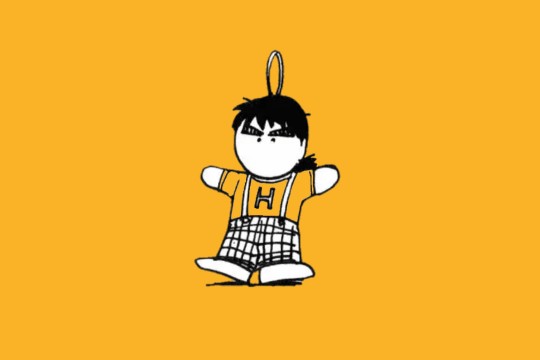
Kindaichi + Yellow
#mine#kindanigraphics#kindaichi shounen no jikenbo#kindaichi case files#the case files of young kindaichi#kindaichi shōnen no jikenbo#kindaichi hajime#nanase miyuki#akechi kengo#isamu kenmochi#mangagraphics#been spamming a lot of kindani contents lately shbsshshshs
50 notes
·
View notes
Photo

1 note
·
View note
Video
「ZIP!」 山田涼介 ー 金田一少年の事件簿 (by edyohyuuri)
_____________________________________________________
YAMADA'S HAIR O_O
22 notes
·
View notes
Text


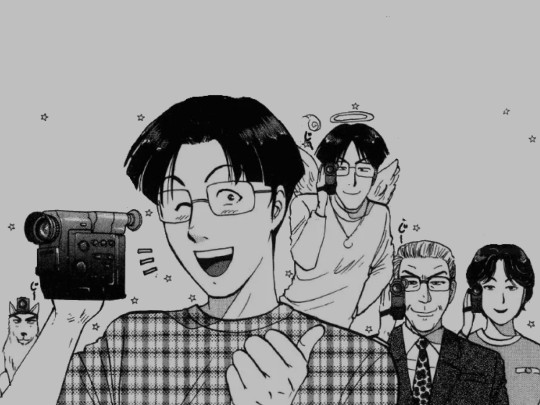
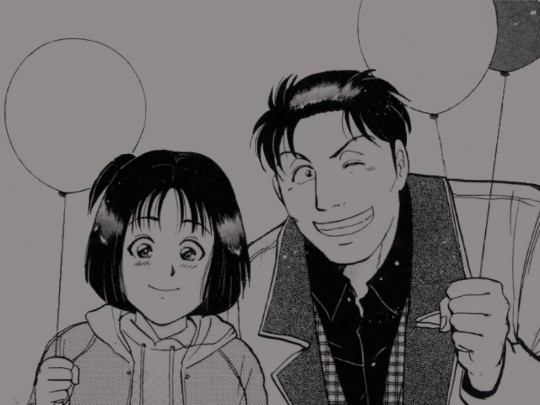


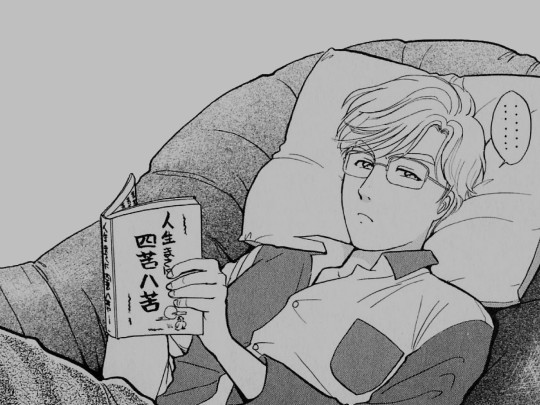



— In the name of my grandfather, I will solve this case!!!
[EDIT] I decided to merge two posts together, so here we go with a brand new photoset of kindani and friends™
#mine#kindanigraphics#kindaichi shounen no jikenbo#kindaichi case files#the case files of young kindaichi#kindaichi shōnen no jikenbo#kindaichi hajime#nanase miyuki#akechi kengo#isamu kenmochi#takato yoichi#ryuuta saki#ryuuji saki#itsuki yousuke#mizuho#the amount of love I have for all of them...#mangagraphics
51 notes
·
View notes
Text




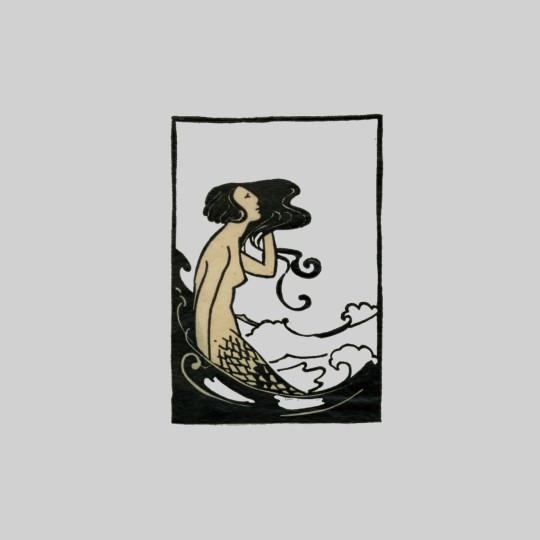


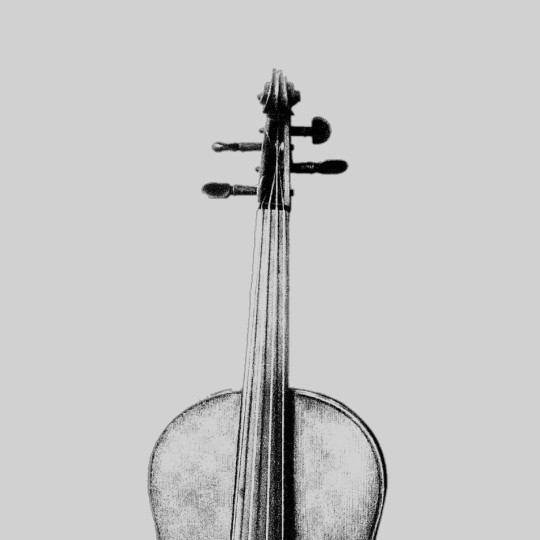
"My every day was an act, a performance. I couldn't tell what was an act and what was real. No matter what I ate, it was tasteless. No matter how strong the drink, I never felt intoxicated. These four years, every minute, every second of them, have been an act." ( Noujou Kouzaburou, vol. 1)
— Culprits of Kindaichi, light novel edition.
#mine#kindaichi shounen no jikenbo#kindaichi case files#kindaichi shōnen no jikenbo#the case files of young kindaichi#kindaichi's case files#kindanigraphics#mangagraphics
22 notes
·
View notes
Text

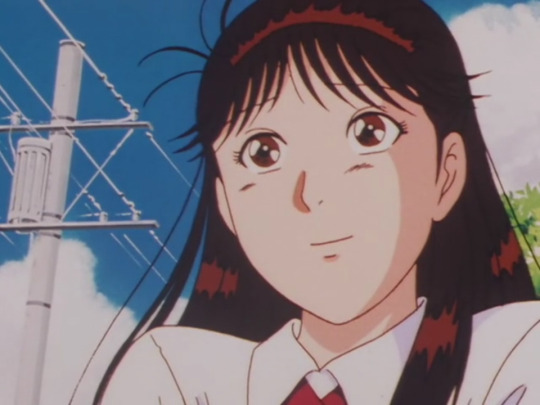
Kindaichi Shōnen no Jikenbo (1997-2000)
#kindaichi shounen no jikenbo#kindaichi case files#the case files of young kindaichi#kindaichi shōnen no jikenbo#kindaichi hajime#nanase miyuki#kindaichi#screencaps
26 notes
·
View notes
Text
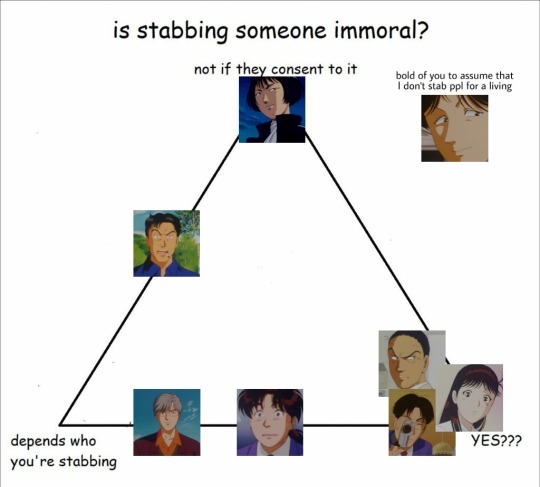
kindani fans, let me hear y'all make some noises!!!
#mine#kindanigraphics#kindaichi shōnen no jikenbo#kindaichi's case files#kindaichi shounen no jikenbo#the case files of young kindaichi#kindaichi case files
32 notes
·
View notes